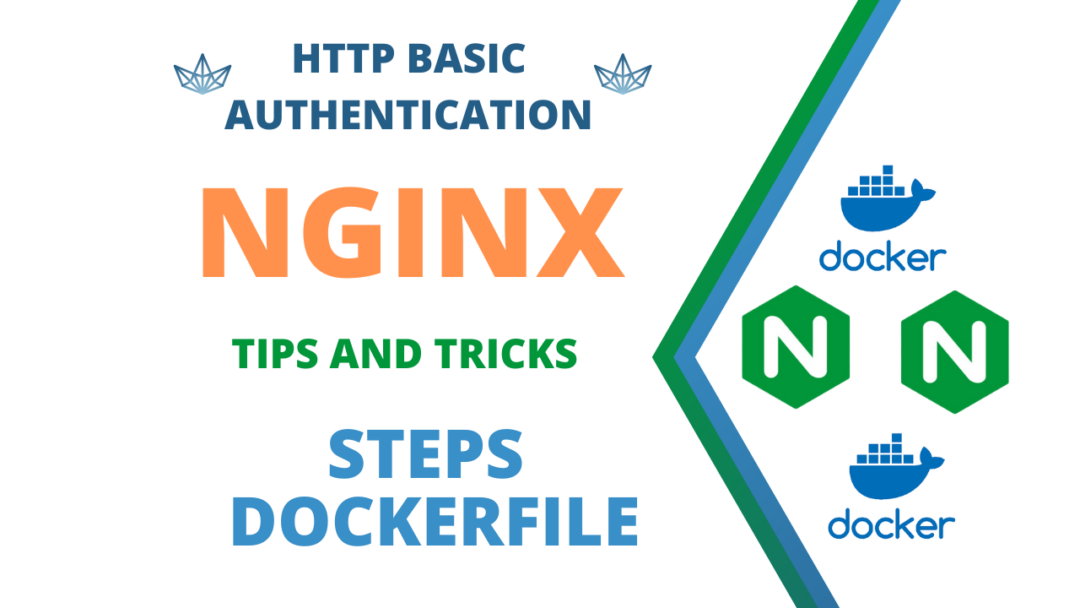HTTP Basic Authentication stands as a straightforward yet effective approach to safeguarding access to your web resources at the server level. For those who employ NGINX – a widely embraced web server and reverse proxy solution – integrating HTTP Basic Authentication is a practical means to fortify access to specific URLs or directories.
Outlined below is a seamless method to configure HTTP Basic Authentication within the NGINX framework, ensuring compliance with Google AdSense guidelines for website monetization.
Implementation Steps via Dockerfile:
To undertake this procedure through a Docker container, it’s essential to acknowledge the potential unavailability of the htpasswd utility. To mitigate this, the subsequent steps necessitate the installation of the “apache2-utils” package, catering to this prerequisite within the Docker container’s operating system.
Here’s a streamlined Dockerfile representation:
# Stage 1: Crafting the .htpasswd file
FROM alpine:latest as htpasswd-builder
RUN apk add apache2-utils
WORKDIR /app
# Customize the username and password as required
RUN htpasswd -b -c /etc/nginx/.htpasswd username password
# Stage 2: Assembling the final NGINX image
FROM nginx:latest
# Incorporating the .htpasswd file from the builder stage
COPY –from=htpasswd-builder /app/.htpasswd /etc/nginx/.htpasswd
# Integrate your NGINX configuration and other essential setups here
Within your NGINX.conf file, insert the following lines:
location / {
try_files $uri $uri/ /index.html;
auth_basic “Insert_Custom_Text”;
auth_basic_user_file /etc/nginx/.htpasswd;
}
